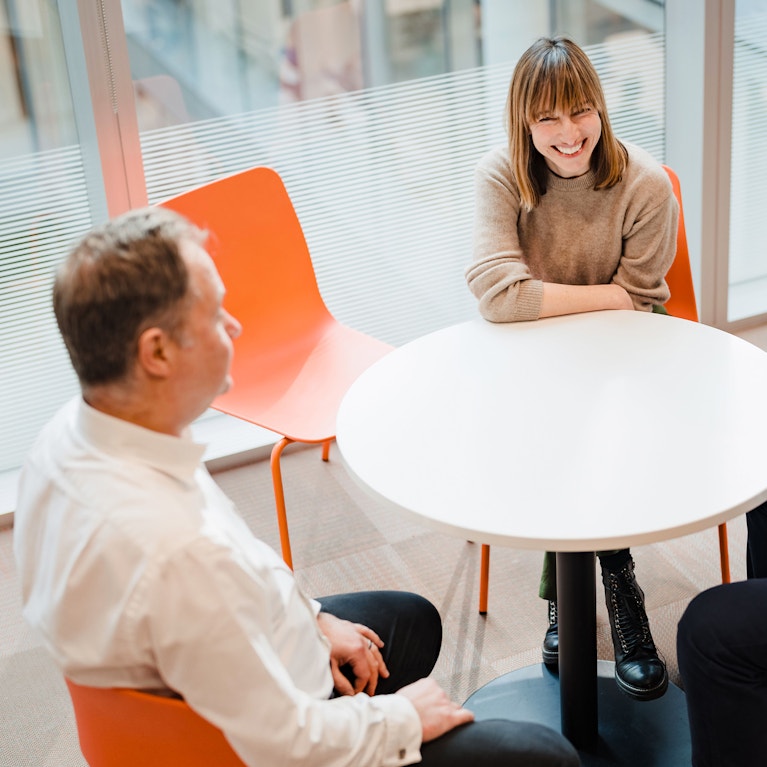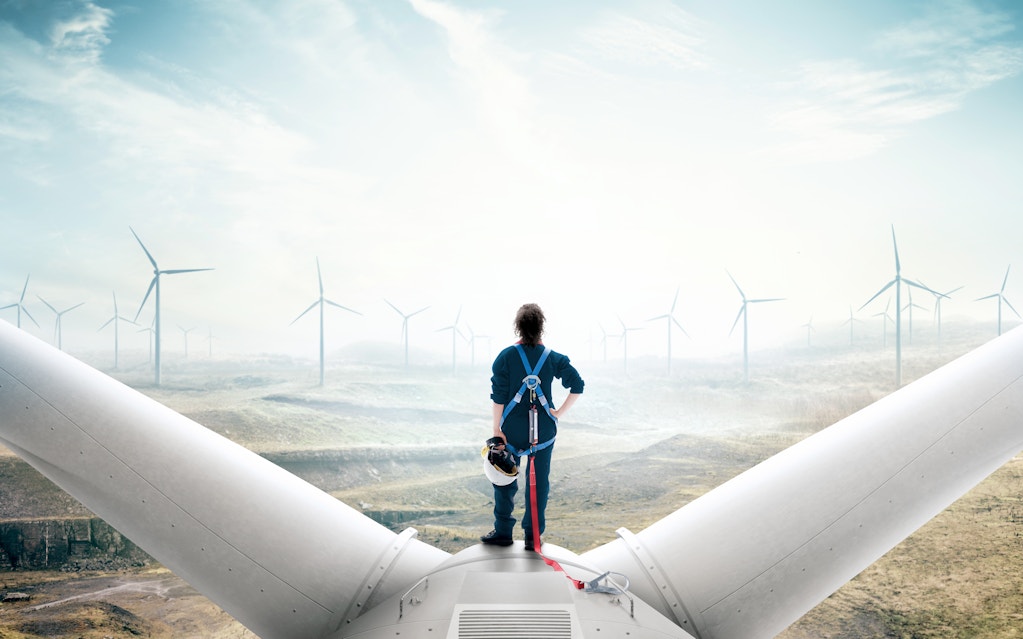
Sustainable world
How can we make a positive impact on the planet?
Sustainability and climate action is too important an opportunity for any organisation to tackle alone; yet inaction is not an option. Stakeholders and shareholders expect progress. As well as being the right thing to do, action delivers more than a morality boost. Green is gold.
From small and subtle shifts to rapid and revolutionary leaps, we can work together to take targeted action and deliver world-saving change.
Energy transition
Disruptive technologies
Sustainable products and packaging
Clean and smart mobility



















